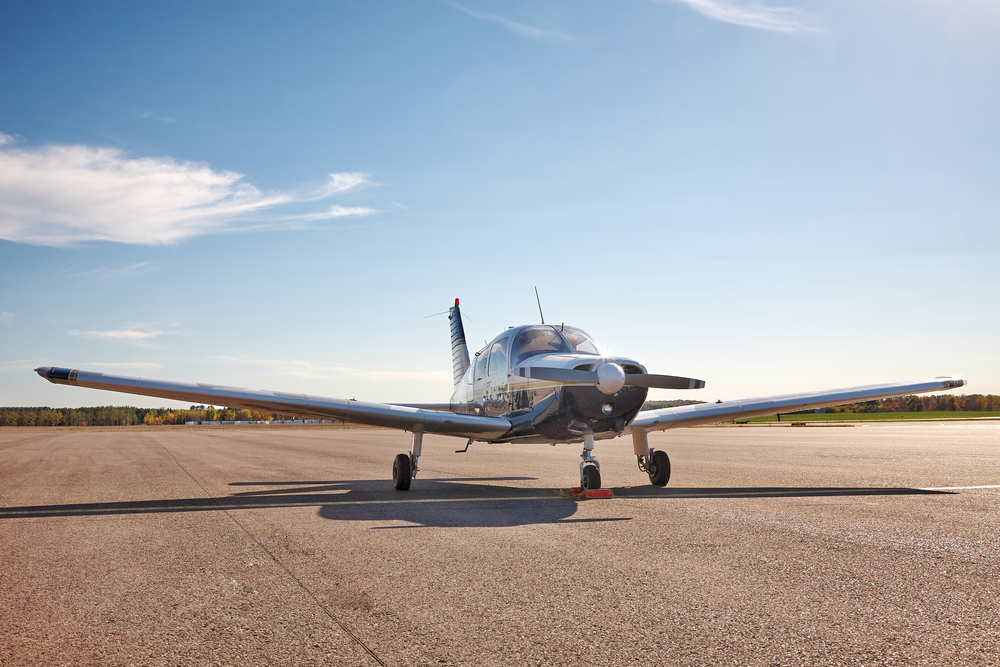Flying Cara
The Fascinating World of Flying Cara
Flying Cara—a concept that has intrigued many. While it may sound like something out of a science fiction novel, advancements in technology are making it a potential reality. This article explores everything from the history and progress of flying cars to the technological and social implications of their widespread use. Join us as we delve deep into the world of the flying Cara.
The Evolution of Flying Cars
Flying cars have been a part of human imagination for a long time. The first documented idea can be traced back to the early 20th century. In 1917, aviation pioneer Glenn Curtiss designed the Autoplane. Though it couldn’t achieve sustained flight, it marked the beginning of a new era.
Post World War II, advancements in aviation technology saw multiple attempts at creating a functional flying car. The 1949 Aerocar by Moulton Taylor showed promise but failed to secure the necessary investments. Yet, the dream persisted.
In recent years, a resurgence of interest has led to significant progress. Companies like Terrafugia, PAL-V, and AeroMobil are now developing prototypes. Terrafugia’s Transition is notable for its roadable design. PAL-V’s Liberty emphasizes a gyrocopter model. Meanwhile, AeroMobil uses a retractable wing design.
Technological Advancements Enabling Flying Cars
Several technological advancements have contributed to the progression of flying cars. The most significant one is the development of electric vertical takeoff and landing (eVTOL) technology. This allows flying cars to take off and land vertically, eliminating the need for runways.
Advances in battery technology have also played a crucial role. Efficient lithium-ion batteries can now store more energy, providing longer flight times. Companies like Tesla and Panasonic are leading the charge in improving battery efficiency. On top of this, lightweight composite materials have replaced traditional metals, reducing the overall weight and increasing fuel efficiency.
Autonomous driving and flight systems have significantly influenced flying car development. Advanced sensors and AI-powered navigation systems ensure safer and more reliable operations. LiDAR, radar, and computer vision work together to enable real-time obstacle detection and avoidance.
Challenges and Limitations
Despite the progress, flying cars face numerous challenges. One of the primary concerns is regulatory approval. Aviation authorities like the FAA and EASA have stringent safety standards. Compliance with these regulations is a must before flying cars can be commercially viable.
Infrastructure is another critical issue. Urban areas will require vertiports—a network of specialized landing and takeoff zones. Integrating these into existing cityscapes presents logistical challenges. Moreover, air traffic management systems need significant upgrades to accommodate the influx of low-altitude vehicles.
Public perception and acceptance also play a crucial role. Despite the potential benefits, people may be wary of adopting new technologies. Effective communication and demonstration of safety features can help mitigate these concerns.
Potential Benefits of Flying Cars
Flying cars promise numerous benefits. They can significantly reduce travel time, especially in congested urban areas. By bypassing traffic, people can reach their destinations faster. This can lead to increased productivity and more leisure time.
Environmental benefits are also notable. Electric flying cars produce fewer emissions compared to traditional vehicles. This can contribute to cleaner air and reduced urban pollution. Moreover, the use of renewable energy sources can further diminish the environmental impact.
Emergency services stand to gain as well. Flying cars can provide quicker response times for medical emergencies. In disaster-struck areas, they can deliver aid and supplies more efficiently.
Companies Leading the Charge
Several companies are at the forefront of flying car technology. Terrafugia, a subsidiary of Geely, focuses on practical roadable aircraft. Their Transition model is set to hit the market soon. The aircraft boasts a range of 400 miles and a top speed of 100 mph.
PAL-V, a Dutch company, emphasizes a flying car model akin to gyrocopters. The Liberty can switch between driving and flying modes within minutes. Its maximum cruising speed is roughly 112 mph, with a flight range of 310 miles.
AeroMobil, based in Slovakia, is developing a sleek, retractable-wing design. Their prototype promises a driving distance of 444 miles and a flying range of 466 miles. These companies, along with several others, are pushing the boundaries of what’s possible.
Future Outlook
The future of flying cars is promising but uncertain. Technological advancements continue to progress at a rapid pace. However, overcoming regulatory, infrastructural, and social challenges remains key. As companies and governments work together, the dream of a sky filled with flying cars edges closer to reality.
Real-World Applications
Flying cars are not limited to personal transportation. Several industries can benefit from this technology. For instance, logistics and delivery services can leverage flying cars for faster shipments. This is especially useful for time-sensitive deliveries, such as medical supplies.
Tourism could see a boom. Scenic flying car tours offer a unique perspective, attracting tourists. Commuter services can also take advantage. Corporations can provide these for inter-city commute, saving time and increasing efficiency.
Environmental and Social Impact
The environmental impact of flying cars is a mix of pros and cons. On the positive side, electric flying cars can reduce fossil fuel dependence. Reduced road congestion translates to lower emissions. However, the manufacturing process of advanced materials may offset some benefits initially.
Socially, flying cars can bridge gaps in transportation inequality. Rural and remote areas can gain improved access to services. This can significantly enhance the quality of life in underserved regions. However, the initial high costs may limit accessibility, widening the gap before prices stabilize.
